Living in an urban environment doesn’t mean you have to miss out on connecting with wildlife. Even the smallest balcony can become a thriving haven for beautiful birds with the right approach. Transforming your compact outdoor space into a bird magnet not only adds life and color to your home but also contributes to urban biodiversity conservation. Whether you have a narrow railing, a few square feet of floor space, or just a wall to work with, there are countless creative ways to attract feathered visitors to your miniature outdoor sanctuary. This guide will walk you through practical, space-efficient strategies to make your tiny balcony irresistible to local birds.
Understanding Your Local Bird Population
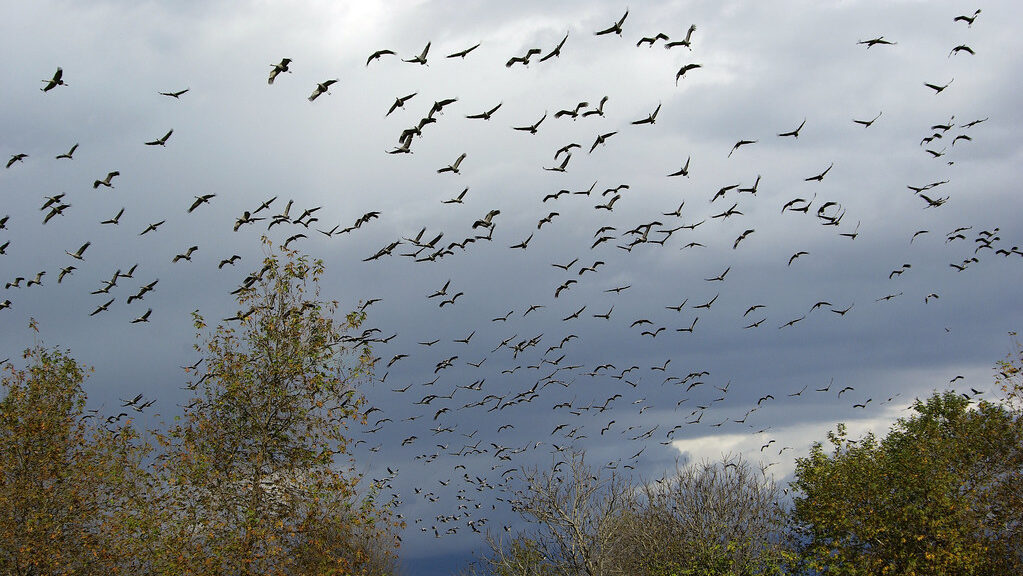
Before making any changes to your balcony, take time to research which bird species naturally inhabit your area. Different regions host distinct bird populations, and knowing which species you’re likely to attract helps you make targeted decisions about food, water, and shelter options. Consider downloading a bird identification app or checking with local birding organizations to learn about common visitors in your neighborhood. Pay attention to seasonal patterns as well – some birds might only be present during certain months due to migration cycles. Understanding the specific needs and preferences of your local avian population is the foundation of creating an effective bird-friendly space, even in limited square footage.
Space-Saving Feeder Solutions
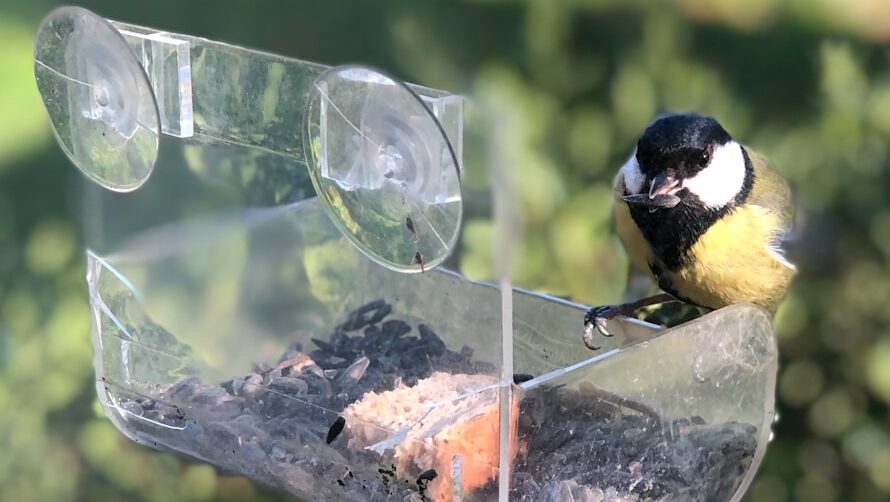
When space is at a premium, choosing the right feeders becomes crucial for maximizing your balcony’s bird-attracting potential. Window-mounted feeders attach directly to glass with suction cups, requiring zero floor or railing space while offering excellent viewing opportunities. Railing-mounted feeders that clamp onto the edge of your balcony provide stable feeding stations without permanent installation. Hanging feeders can be suspended from overhead structures or wall-mounted brackets that swing outward. For extremely limited spaces, consider slim tube feeders or flat dish feeders that protrude minimally from their mounting point. Remember that different feeder styles attract different bird species, so variety can help diversify your visitors despite space constraints.
Selecting the Right Bird Food

The food you offer dramatically influences which birds will visit your balcony sanctuary. Black oil sunflower seeds attract a wide variety of species and offer excellent nutritional value, making them an ideal staple for limited space where you want maximum impact. Nyjer seeds in specialized feeders draw finches and other small songbirds that add delightful color and movement. Suet cakes require minimal space while attracting woodpeckers, nuthatches, and other insect-eating birds that might otherwise bypass seed stations. Consider offering mealworms (live or dried) in small dishes to attract bluebirds, wrens, and warblers. Rotating food types seasonally ensures you’re meeting the changing nutritional needs of birds throughout the year, keeping your tiny balcony consistently attractive to various species.
Micro Water Features That Attract Birds
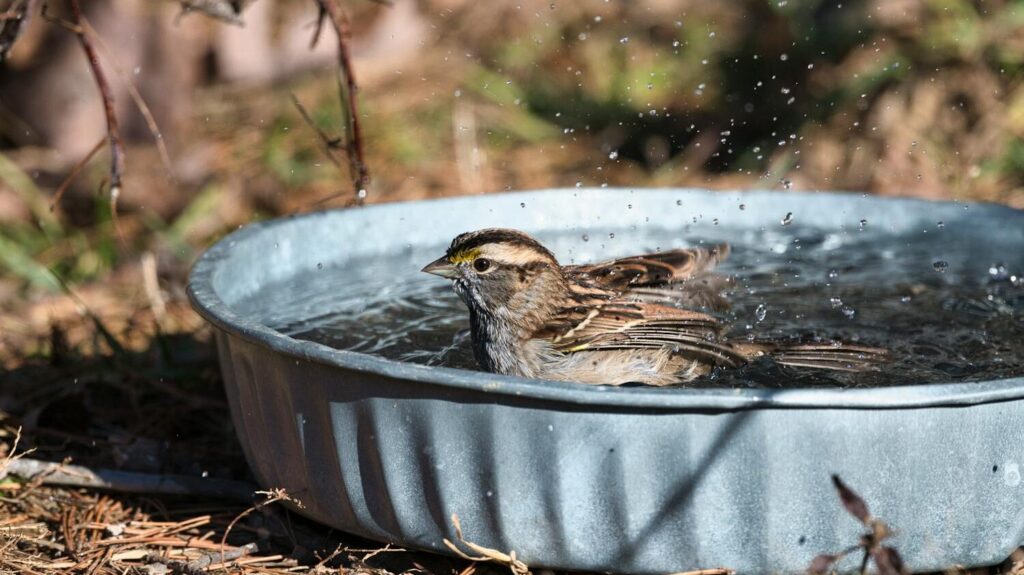
Water is perhaps the most powerful bird attractant, often drawing species that won’t visit feeders. Even on the smallest balcony, a shallow dish filled with fresh water can become a popular bathing and drinking spot. Consider hanging bird baths that mount to railings or walls, or tabletop versions with small footprints. Adding a small solar-powered fountain attachment creates moving water, which birds find particularly irresistible as it catches their attention and signals freshness. During winter in colder climates, heated bird baths that prevent freezing can make your balcony an essential resource when natural water sources are scarce. Remember to change water frequently to prevent mosquito breeding and bacterial growth, maintaining this crucial element of your bird-attracting strategy.
Vertical Gardening for Bird Habitat
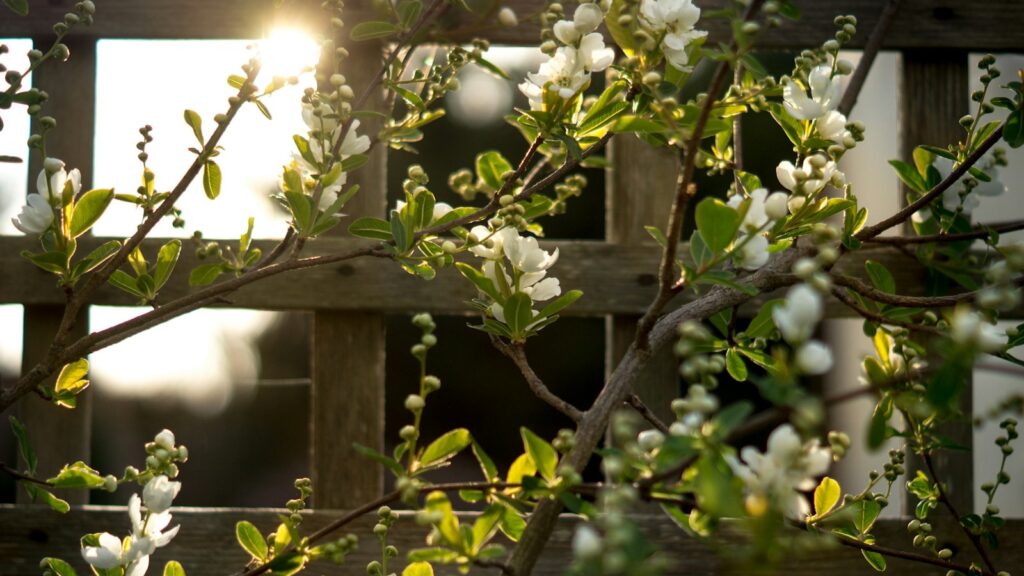
Utilizing vertical space is essential for creating bird habitat on a tiny balcony. Wall-mounted planters, hanging baskets, and railing planters can support bird-friendly native plants without consuming precious floor area. Focus on plants that produce berries, seeds, or attract insects that birds feed on. Climbing plants on trellises create natural screens that offer birds privacy and security while they visit. Consider dwarf varieties of fruit-bearing shrubs like blueberries or serviceberries in compact containers. Native flowering plants that produce seeds, such as coneflowers and black-eyed Susans, can be grown in narrow planters while providing natural food sources. This vertical garden approach not only attracts birds with food but creates mini-habitats that make birds feel more comfortable visiting your space.
Creating Micro-Shelter Opportunities
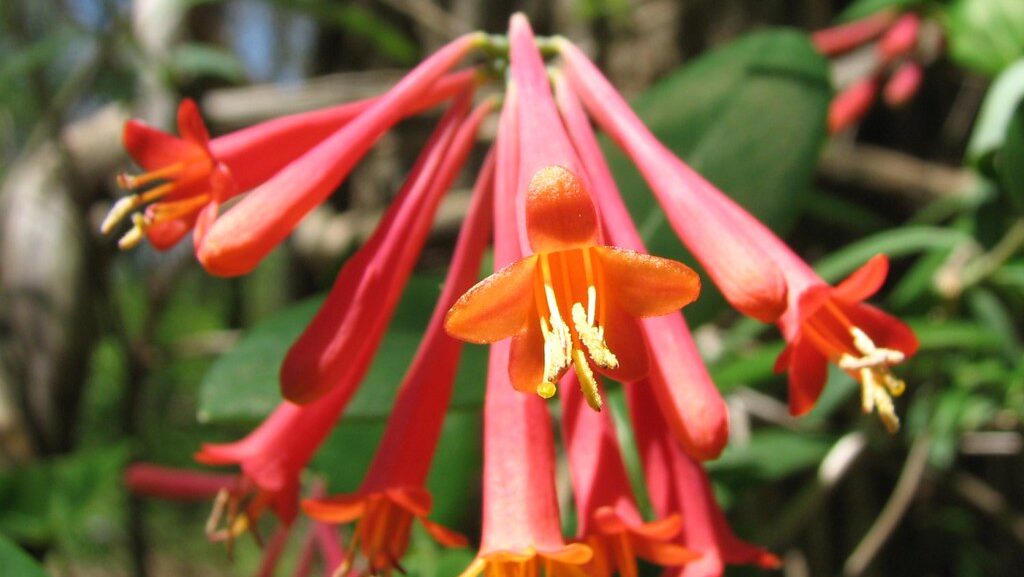
Birds need to feel safe to regularly visit your balcony, making shelter elements crucial even in small spaces. Small brush piles created from pruned branches can be arranged in corners or in planters, providing instant cover for nervous birds. Miniature roosting pockets or small bird houses designed for balcony mounting offer protection from predators and weather. Dense evergreen plants in containers create year-round hiding spots that birds can quickly dart into when feeling threatened. Consider installing a small section of branches secured to your railing or wall as perching spots where birds can rest while assessing the safety of your offerings. These micro-shelter opportunities significantly increase the comfort level of visiting birds, encouraging them to stay longer and return more frequently.
Balcony-Friendly Nesting Opportunities
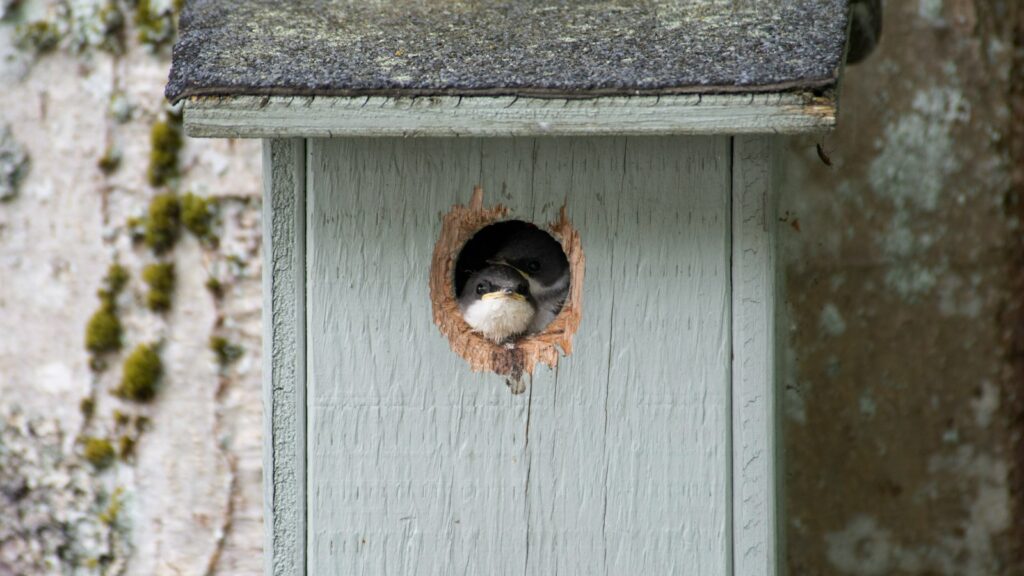
Providing nesting opportunities can transform your balcony from a visiting spot to a seasonal home for certain bird species. Compact nest boxes designed specifically for balconies can be mounted to walls or railings, offering crucial breeding habitat in urban environments. Nesting material holders – small wire cages filled with natural fibers, pet fur, or small strips of cotton – take up minimal space while providing essential building materials during breeding season. Some birds will nest in dense potted plants, so incorporating bushier plant species can create natural nesting sites. Position these features thoughtfully to minimize disturbance, perhaps in a quieter corner of your balcony where human activity is less frequent. Successfully hosting a nesting pair provides unparalleled bird-watching opportunities and a profound connection to the natural life cycle.
Managing Seed Scatter and Cleaning

Bird feeding can create mess, a particular concern in small balcony spaces or multi-unit buildings. Invest in feeders with seed catch trays to minimize dropped food and prevent complaints from neighbors below. Regular sweeping or vacuuming of seed hulls prevents accumulation that can attract pests or create slip hazards. Consider no-mess seed blends that have had shells removed, significantly reducing debris while still attracting a variety of birds. Establish a consistent cleaning routine for all bird features, from feeders to bird baths, to prevent disease transmission between your feathered visitors. These maintenance practices ensure your bird-friendly balcony remains an enjoyable space for both you and your birds, while maintaining good relationships with neighbors in close quarters.
Seasonal Adaptations for Year-Round Attraction
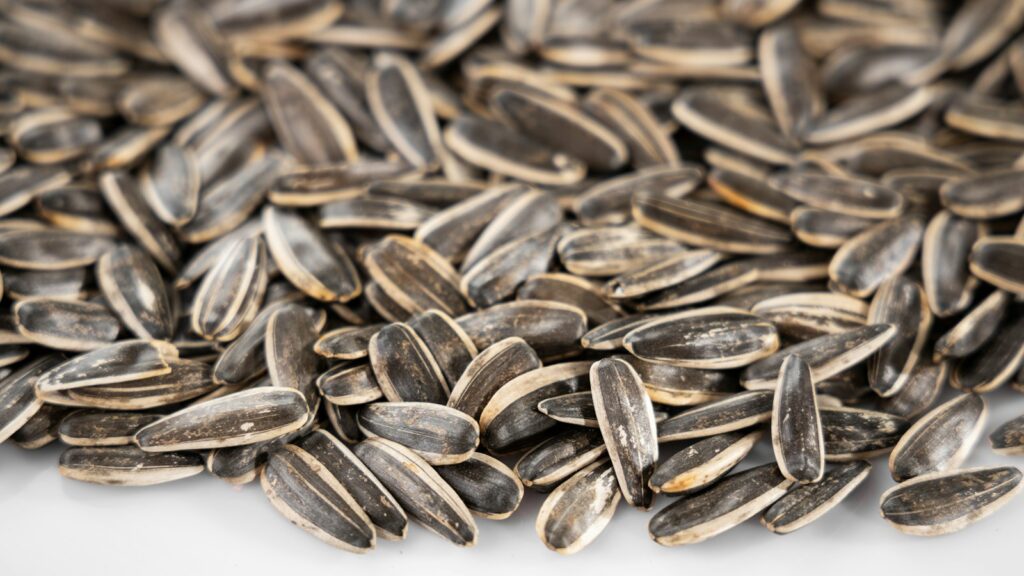
Different seasons bring different bird needs and behaviors, requiring adaptations to keep your tiny balcony attractive throughout the year. In spring, focus on providing nesting materials and high-protein foods to support breeding birds. Summer calls for reliable water sources as birds seek relief from heat and need consistent hydration. Fall is prime migration season, when high-energy foods help fuel traveling birds on their long journeys. Winter requires calorie-dense offerings like suet and black oil sunflower seeds to help resident birds maintain body heat during cold nights. These seasonal shifts in your balcony setup, even with minimal space, show remarkable results in maintaining bird activity year-round. Adapting to seasonal needs also prevents your bird-attraction efforts from becoming stagnant or predictable.
Addressing Balcony Bird Challenges
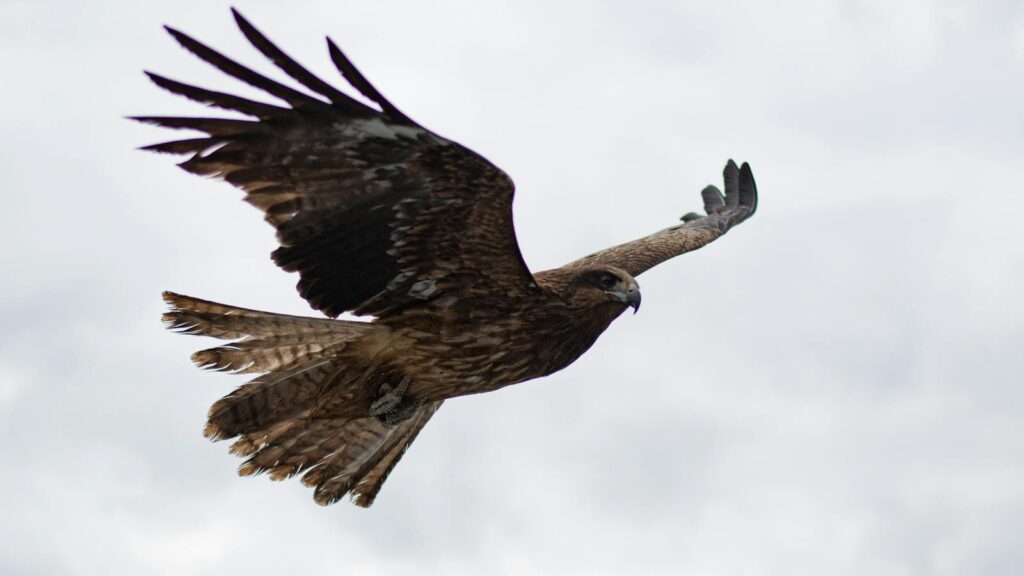
Small balconies present unique challenges for bird attraction that require creative solutions. Wind exposure at height can dislodge feeders or blow away lightweight items, necessitating secure mounting systems and wind-resistant designs. Predator concerns, particularly from neighborhood cats or hawks, can be mitigated by positioning feeding areas where birds have clear sightlines and quick escape routes. Building management restrictions might limit permanent installations, making removable, non-damaging attachment methods essential. Noise and vibration from human activity in close proximity can startle birds, requiring strategic placement of attractions away from doors or high-traffic areas. Addressing these challenges thoughtfully ensures your balcony remains an effective bird habitat despite its limitations.
Balcony Birding: Observation Tips
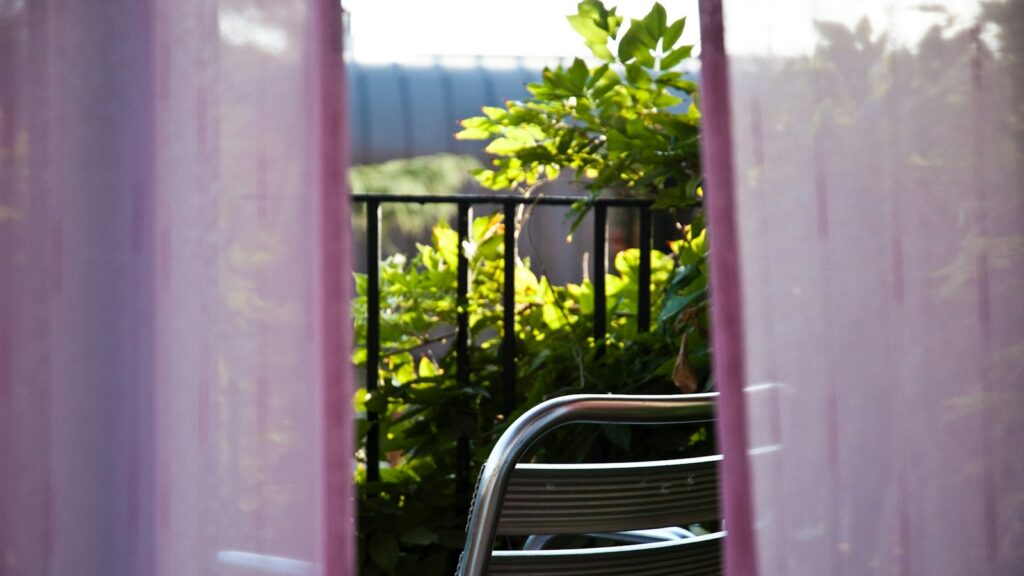
The intimate setting of a balcony offers unique bird watching opportunities that differ from traditional backyard or wilderness experiences. Position comfortable seating at an angle that allows observation without directly facing feeding areas, as birds are more comfortable when not under direct gaze. Consider installing a small blind or screen that lets you watch without being obvious to the birds. Keep a dedicated balcony bird journal to track visitors, noting species, behaviors, and patterns that emerge over time. Photography enthusiasts might set up a small, unobtrusive camera station to capture images without disturbing feathered guests. These observation strategies help you fully appreciate the results of your bird-attraction efforts while gaining fascinating insights into avian behavior in your micro-habitat.
Connecting with the Urban Bird Community
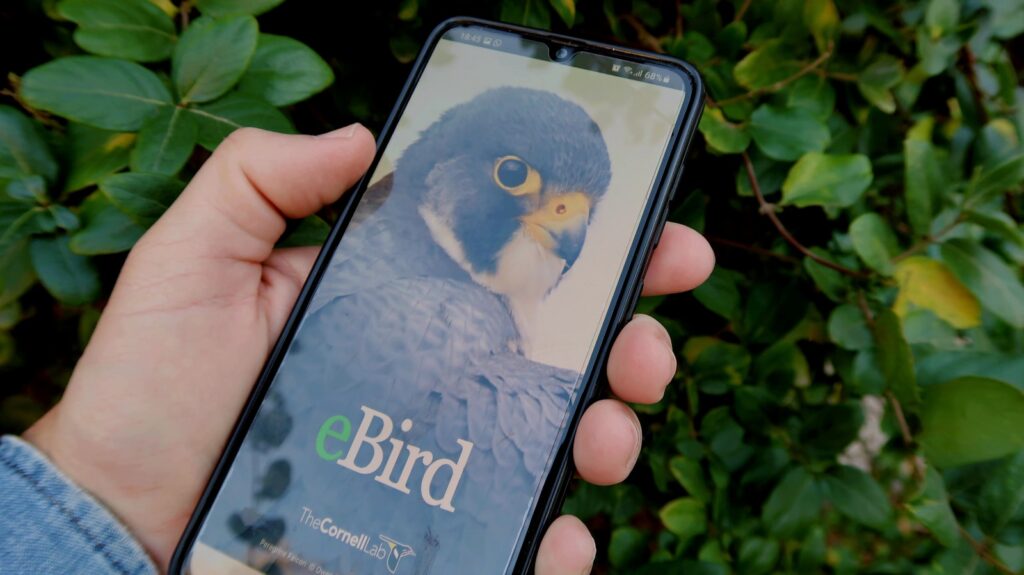
Your tiny bird-friendly balcony can become part of larger conservation efforts through community connection. Participate in citizen science projects like the Great Backyard Bird Count or eBird to contribute your observations to scientific research. Join local birding groups on social media to share experiences and get advice specific to your urban area. Consider networking with neighbors to create a series of bird-friendly balconies throughout your building, establishing a more substantial habitat corridor. Photographing and documenting your balcony transformation can inspire others in similar living situations to make bird-friendly changes. These connections amplify the impact of your small space while enriching your experience through shared knowledge and collective appreciation for urban wildlife.
Conclusion
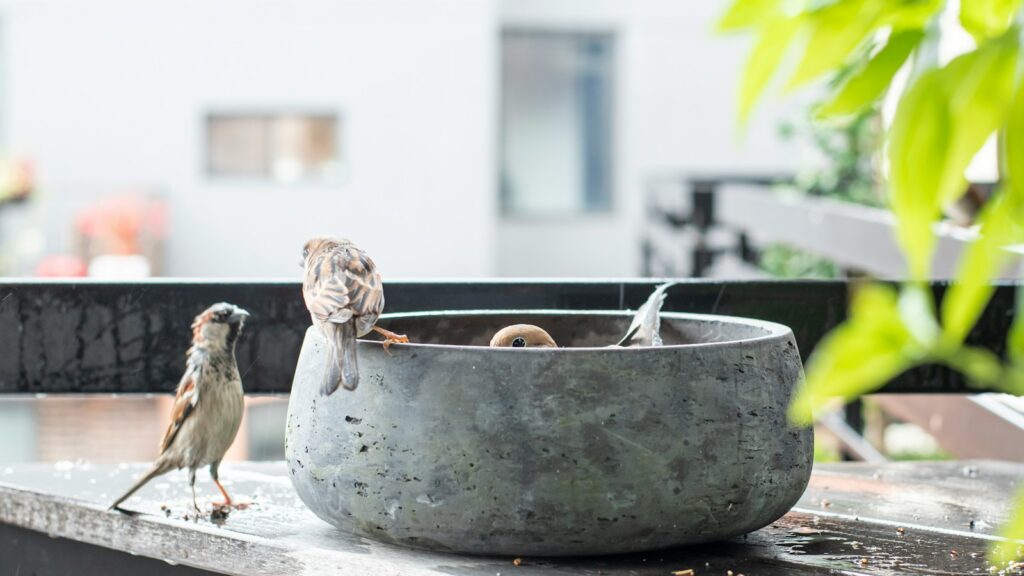
Transforming your tiny balcony into a bird magnet doesn’t require extensive space—just thoughtful planning and creativity. By implementing these targeted strategies, even the smallest outdoor area can become a vibrant hub of avian activity, bringing joy and natural connection to urban living. As your feathered visitors become regular guests, you’ll discover that size truly doesn’t matter when it comes to creating meaningful wildlife habitat. Your micro-sanctuary not only enhances your quality of life but makes a genuine contribution to urban biodiversity, proving that conservation efforts can thrive even in the most compact spaces.
